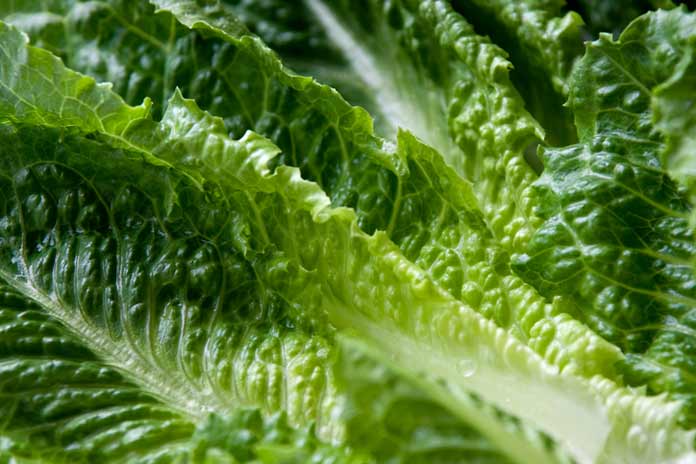As an E. coli outbreak that includes some illnesses linked to romaine lettuce in prepackaged salads grows, the Centers for Disease Control and Prevention (CDC) has issued a warning: don’t eat any romaine lettuce grown in Salinas, CA.
Contact the Pritzker Hageman E. coli Team
Phone: 1-888-377-8900 | Text: 1-612-261-0856
With an eerie echo of warnings issued last year in back-to-back romaine E. coli outbreaks, the CDC is warning consumers that the only romaine lettuce that is safe to eat right now bears labeling that states its growing area is not Salinas, CA. Any product that is not labeled or has more than one growing area on its label should be thrown away.
A 36-state romaine E. coli outbreak, which began in March 2018, sickened 210 people, almost half of whom were hospitalized. Twenty-seven people developed hemolytic uremic syndrome (HUS) a form of kidney failure that affects about 10 percent of people with E. coli infections. Five people died.
Health officials were able to determine that the lettuce came from the Yuma, AZ growing region and the CDC issued a warning that all romaine grown in that region should be avoided. The problem was, most romaine product labels did not include information about where it was grown. Then, some stores issued recalls and some restaurants stopped serving romaine, but others didn’t. And some romaine producers issued press releases saying their products were not implicated. Consumers were confused and frustrated.
A few months after that outbreak ended, another one began. This time the FDA and the CDC told consumers, retail stores and restaurants to throw away ALL romaine lettuce, outraging the entire leafy greens industry. A few days later, the FDA said it had been able to narrow down the origin of contaminated lettuce to the growing region to Central California and advised consumers only to avoid lettuce grown in that area. But the romaine product labels hadn’t improved much in a few short months and consumers were still left in the lurch.
Where is the E. coli Romaine Coming From?
Just about all of the lettuce grown in the U.S., about 95 percent, comes from California and Arizona. They divide the year between them. Each November, the production of leafy greens shifts to Arizona. In April, it moves back to California.
Both of the 2018 outbreaks occurred toward the end of the growing season. So, by the time outbreak investigators got to the farms where the contaminated romaine was grown, the fields were empty.
Two weeks ago, federal health officials announced that yet another multistate romaine lettuce E. coli outbreak had occurred. This one lasted from July 12, 2019, to Sept. 8, 2019. The CDC said it did not learn about it until Sept. 17, 2019, and no new illness were reported after that time. The FDA said it identified California’s central coast region as the growing area and sent a team of investigators to the implicated farms but no tests were positive for E. coli. For these reasons, the FDA and the CDC chose not to announce the outbreak.
But just one week after the CDC learned of the “secret” romaine outbreak, the first illness in this outbreak was reported. Now, 40 cases of E. coli, reported between September 24, 2019 and November 11, 2019, have been linked to this outbreak. Twenty-eight of them have been hospitalized, five with hemolytic uremic syndrome (HUS), a form of kidney failure that is a complication of some E. coli infections.
“A hospitalization rate of 70 percent is very high,” said n E. coli lawyer Fred Pritzker. “Usually, it’s about 30 percent.”
The national food safety law firm Pritzker Hageman is representing multiple victims in the ongoing E. coli outbreak including one with HUS. If you have been sickened in this outbreak, we want to represent you, too. For a free consultation, call us at 1-888-377-8900, text us at 612-261-0856 or, fill out the form below.
